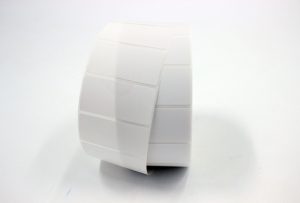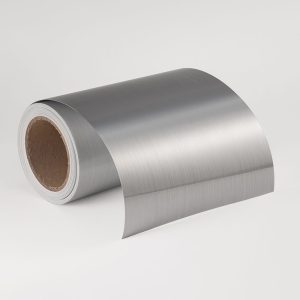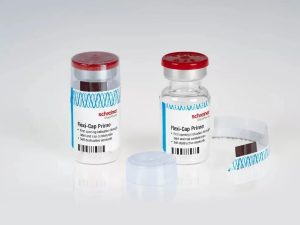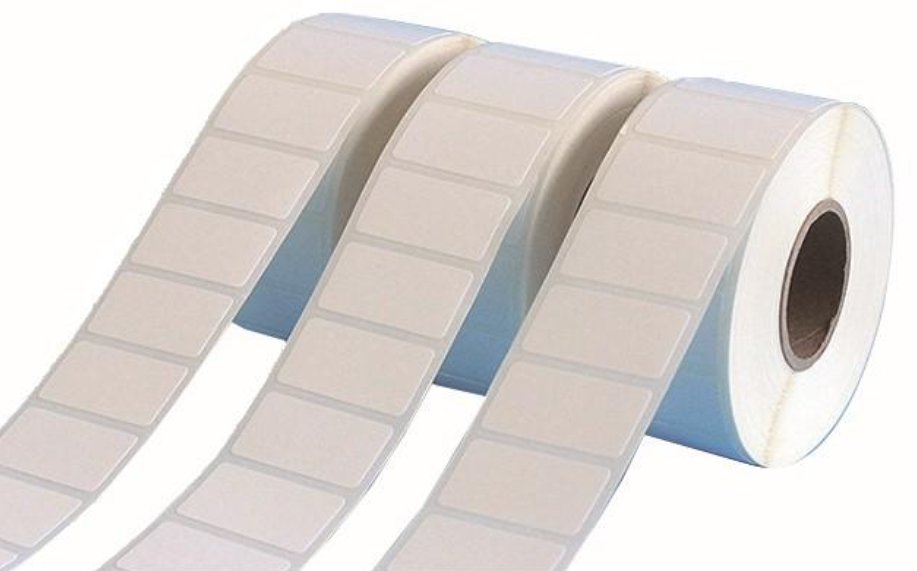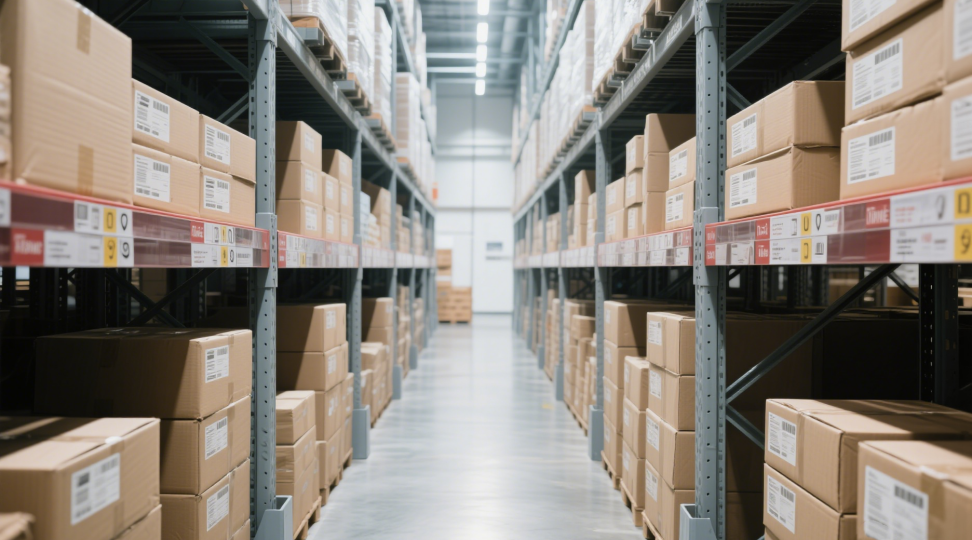在VS中. 宠物与. pp vs。. PVC贴纸材料: 有什么区别?
为不干胶标签选择合适的材料可能是一项艰巨的任务. 有如此多的塑料可供选择——PE, 聚对苯二甲酸乙二醇酯, 聚丙烯, 和 PVC——了解它们的独特特性对于您的标签需求做出明智的决定至关重要. 在本指南中, 我们将分解这些材料之间的差异, 他们的应用, 以及它们如何影响耐用性, 可持续性, 和成本.
1. 聚乙烯 (聚乙烯醇): 柔韧防水
化学结构 & 特性
聚乙烯 (聚乙烯醇) 是一个轻量级的, 由乙烯单体组成的热塑性聚合物. 它以其灵活性而闻名, 耐化学性, 和耐湿能力, 使其非常适合 防水贴纸材料 和 耐候标签. PE 有两种主要形式:
-
低密度聚乙烯 (低密度聚乙烯): 柔软的, 可拉伸的, 非常适合需要一致性的挤压瓶或标签.
-
高密度聚乙烯 (高密度聚乙烯): 坚固耐用, 常用于工业标签.
应用
PE广泛用于:
-
户外不干胶标签 (例如。, 产品包装暴露在潮湿环境中).
-
软包装贴纸 由于它们的抗撕裂性.
优点 & 缺点
-
优点: 价格实惠, 可回收, 并且非常适合 防水贴纸材料.
-
缺点: 耐热性较低 (熔点110°C) 与 PET 相比透明度较差.
2. 聚对苯二甲酸酯 ( 聚对苯二甲酸乙二醇酯): 耐用且晶莹剔透
化学结构 & 特性
PET是由乙二醇和对苯二甲酸制成的聚酯热塑性塑料. 它因其 高透明度粘合膜 和卓越的拉伸强度, 使其成为首选 透明贴纸材料.
应用
PET 的优势在于:
-
食品和饮料标签 (例如。, 汽水瓶) 由于它们的惰性, 食品安全特性.
-
防篡改标签 和 高光包装贴纸 美学很重要的地方.
优点 & 缺点
-
优点: 防碎, 100% 可回收, 并耐油和化学品.
-
缺点: 耐热性有限 (高达 70°C) 且成本比 PE 更高.
3. 聚丙烯 (聚丙烯): 多功能且环保
化学结构 & 特性
聚丙烯 (聚丙烯) 是一种刚性而柔韧的热塑性塑料,具有优异的耐化学性和耐热性 (高达 130°C). 其半结晶结构允许 耐用的贴纸材料 抗疲劳, 理想的 可重复使用的不干胶标签.
应用
PP通常用于:
-
博普 (双向拉伸PP) 标签, 提供卓越的印刷适性 彩色胶膜.
-
医疗和汽车标签 需要灭菌或暴露在恶劣条件下.
优点 & 缺点
-
优点: 轻的, 可回收, 并且具有成本效益 持久不干胶标签.
-
缺点: 透明度不如 PET,容易产生静电.
4. 聚氯乙烯 (PVC): 艰难但有争议
化学结构 & 特性
PVC 是一种氯基热塑性塑料,以其刚性和适应性而闻名. 虽然可以用增塑剂软化, 它对环境的影响导致许多行业寻求替代品,例如 环保粘合膜.
应用
PVC仍用于:
-
合成革标签 和 工业贴花 需要极高的耐用性.
-
室内标牌贴纸 是由于其印刷适性和鲜艳的色彩.
优点 & 缺点
-
优点: 高拉伸强度, 耐化学性, 和负担能力.
-
缺点: 燃烧时释放有毒烟雾, 难以回收, 并含有邻苯二甲酸盐等有害添加剂.
比较表: 在VS中. 宠物与. pp vs。. PVC
| 项目 | 聚乙烯醇 | 聚对苯二甲酸乙二醇酯 | 聚丙烯 | PVC |
|---|---|---|---|---|
| 耐热性 | 高达 110°C | 高达 70°C | 高达 130°C | 高达 81°C |
| 回收 | 是的 | 是的 | 是的 | 很少 |
| 透明度 | 低的 | 高的 | 缓和 | 缓和 |
| 成本 | 低的 | 缓和 | 低的 | 低的 |
| 环境影响 | 缓和 | 低的 | 低的 | 高的 |
可持续性考虑
-
聚酯和聚丙烯 是最环保的选择, 广泛回收且不含有害添加剂. PET 的可回收性使其非常适合 可持续的不干胶标签.
-
PVC 由于其氯含量和有限的回收计划而造成环境风险. 许多品牌现在选择替代品,例如 可回收标签膜 实现可持续发展目标.
如何选择合适的材料
-
户外使用: PE 或 PP 防潮和防紫外线.
-
用于食品包装: PET 安全、透明.
-
对于预算友好的标签: 聚乙烯或聚丙烯.
-
对于高端品牌: PET 用于光泽饰面.
需要帮助选择材料? 探索 GemmeLabel 的定制解决方案 根据您的需求定制标签.
最后的想法
了解 PE 之间的差异, 聚对苯二甲酸乙二醇酯, 聚丙烯, PVC 确保您选择最佳的粘合材料以实现耐用性, 美学, 和可持续性. 是否优先考虑成本, 明晰, 或环保, 每种塑料都有独特的优点. 获取专家指导和优质贴纸材料, 与值得信赖的供应商合作,例如 Gemmelabel 提升您的品牌和合规性.
通过整合这些见解, 您的企业可以创建不仅看起来专业而且符合全球环境标准的标签. 访问 Gemmelabel 今天探索我们的粘合剂解决方案系列!

